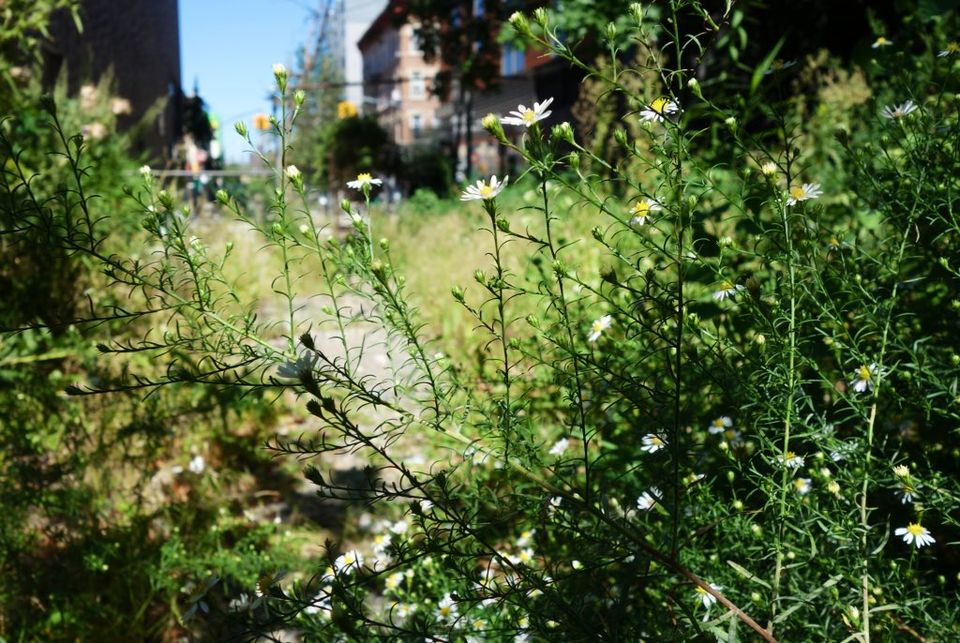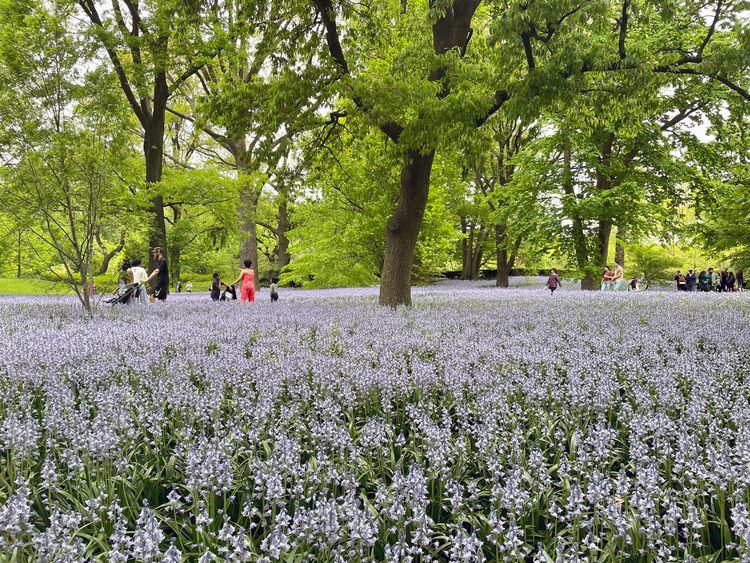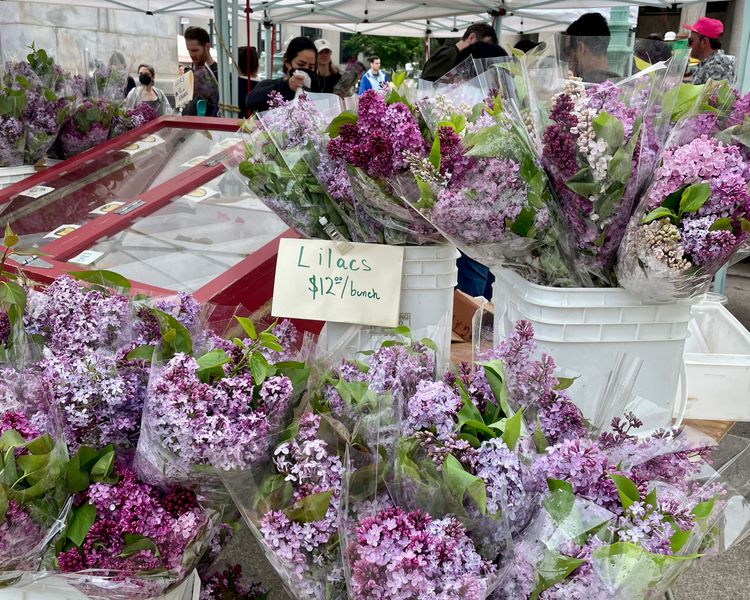Abandoned Lots Become Feral Gardens

Place yourself in a waning summer in Brooklyn: you are working in an office and notice that the empty lot next to the building is vibrant with nature. In winter, it had been an eyesore where tossed trash lingered for weeks on the other side of its chain-link fence. It seems to be a no man’s land, a tiny, untended place that is unclaimed by either the office building or the grocery store alongside it. As spring warmed into summer, it filled with plants that blew in with the wind or were already waiting beneath the gravely earth. Something of a trail formed through the lot where people would cut around the fence for a shortcut to the street. Discarded bottles and plastic takeout containers still litter the ground, but there is something unexpectedly beautiful about this ignored space where nature is allowed to grow wild.
You make visiting the lot a part of your summer lunch breaks, cataloging the weedy plants to discover what is defiantly taking root. Vines of bittersweet nightshade climb through the metal of the fence; gatherings of white-petaled aster flowers bloom. Goldenrod sprouts its plumes of sunny yellow; thistles offer delicately purple flowers atop spiky stalks. You spy bumblebees landing on white snakeroot flowers. And there are several shoots of some of NYC’s most persistent invasive trees: the Norway maple, the tree of heaven, the princess tree.
It is a space barely the size of an apartment living room, yet it has so much life. Think about all the lots across the city that are let to go feral; they are now reaching their height of summer glory. Peek at them through construction boards or fences. Find the small areas between buildings where an array of flora bursts through the concrete. They are reminders that nature is all around us, able and ready to flourish in the smallest opening. Rejoice in its tenacity.

- Is there an empty lot near you that could make an ideal community garden? GreenThumb has information on identifying city-owned lots and getting permission, while 596 Acres has resources on transforming vacant lots. Or you can find a existing community garden and offer a hand in keeping it going.
- Desire paths are the lines that we pedestrians unfurl across the city, whether in defiance of the designs of well-intended landscape architects or as a collective corrective reflecting new destinations or uses. The routes we imprint on the city’s surface can sometimes recall the well-worn tracks of pacing zoo animals. One study on captive polar bears found that repetitive pacing could be differentiated from “regular” locomotion by the bears’ gait characteristics. Take note of this—blindly follow neither stated routes nor the desires of others, chasing their footsteps. Stay on the sidewalk or strike out on your own path, but hold your head differently and make your step your own.
- Broadway—the aorta of Manhattan—may have started its life as a desire path. Some urban planning theorists posit that Wickquasgeck, a Lenape trade route, was a shortcut between pre-colonial settlements that skirted low-lying swamps and avoided the effort of trekking up hills. Artist Jessica Maffia observes the natural world that lingers on this ancient passage in her work Walking Broadway: Signs of Nature on the Wickquasgeck Trail, on display at the Queens Botanical Garden through September 6.




